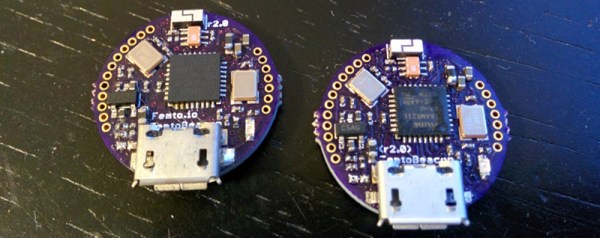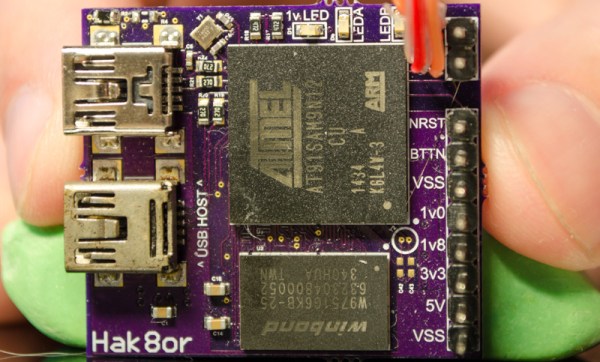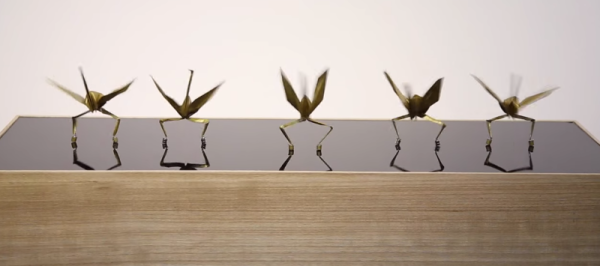Dialog Semiconductor has announced their acquisition of Atmel for $4.6 Billion.
In recent years, semiconductor companies have been flush with cash, and this inevitably means consolidation. NXP and Freescale merged in March. In June, Intel bought Altera for $16.7 Billion just a week after Avago bought Broadcom in the largest semiconductor deal ever – $37 Billion.
The deal between Dialog and Atmel is not very big; the combined revenue of both companies should be $2.7 Billion, not even in the top-20 semiconductor companies by revenue. However, Atmel is an extremely big player in the Internet of Things and the nebulous ‘maker’ market. Dialog’s portfolio is complementary to Atmel’s, focusing on mobile platforms such as smartphones, e-readers, and tablets. The future is in the Internet of Things, and Dialog wants to get in on the ground floor.
Dialog’s current portfolio is focused mainly on mobile devices, with Bluetooth wearables-on-a-chip, CODEC chips for smartphones, and power management ICs for every type of portable electronics. Atmel’s portfolio is well-established in automotive, smart energy metering, and the maker movement. While the Arduino may be Atmel’s most visible contribution to the industry, the Arduino itself is just a fraction of Atmel’s sales in this space. Atmel parts can already be found Internet of Things products like the LightBlue Bean (an 8-bit AVR), and the Tessel 2 Internet of Things board (a 32-bit Atmel ARM).
Curiously, neither Dialog nor Atmel have many sensor or MEMS products, and the future of wearables, portable electronics, and the Internet of Things will depend on these sensors. STMicroelectronic produces both the microcontrollers and sensors that are packed into phones. TI is nearly a full-stack hardware company, able to produce everything that will go into a wearable or Internet of Things device, all the way from the power regulator to the microcontroller. Although this may be seen as a shortcoming for Dialog and Atmel, both companies combined are still many times smaller than the likes of Avago/Broadcom or NXP/Freescale there’s plenty of room for more acquisitions to round out their future needs.
As for what changes will come to Dialog and Atmel’s portfolio, don’t expect much. Unlike the NXP and Freescale merger where both companies have a lot products that do pretty much the same thing, the portfolios of Dialog and Atmel build on each other’s strengths. You’ll have your 8-bit AVRs for a few more decades, and with Dialog’s focus on connectivity, we can expect even more tools for building the Internet of Things.























